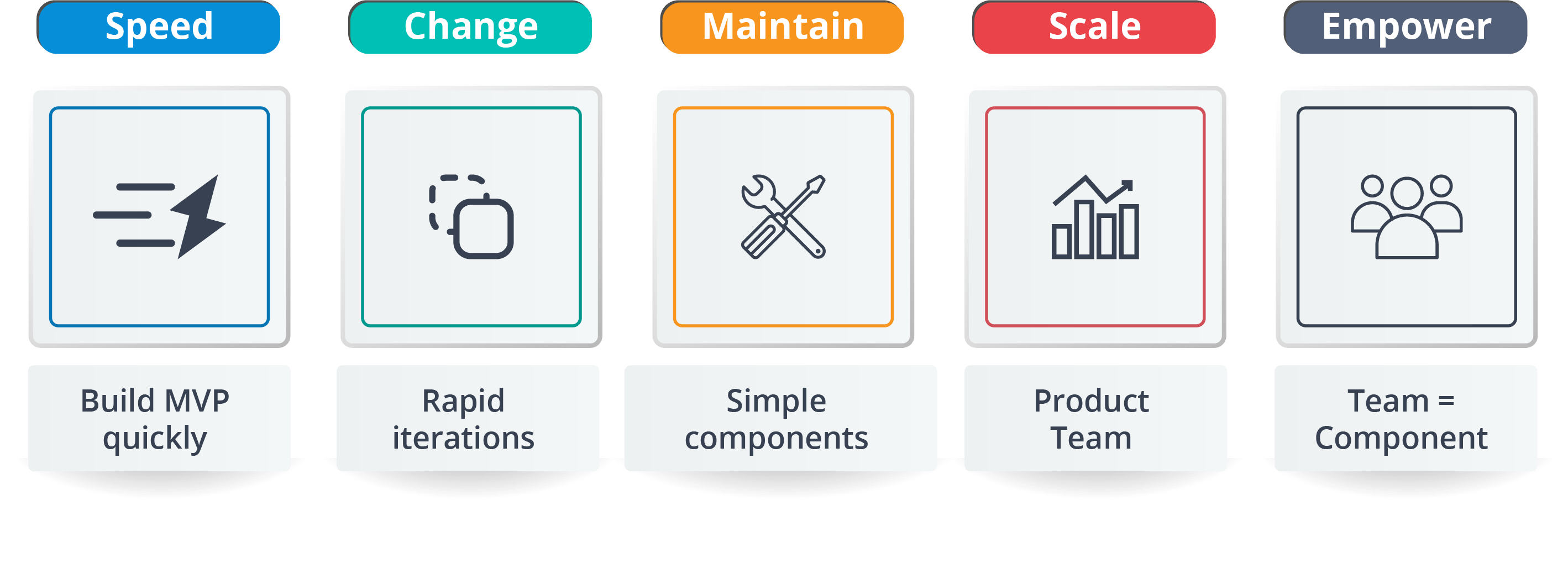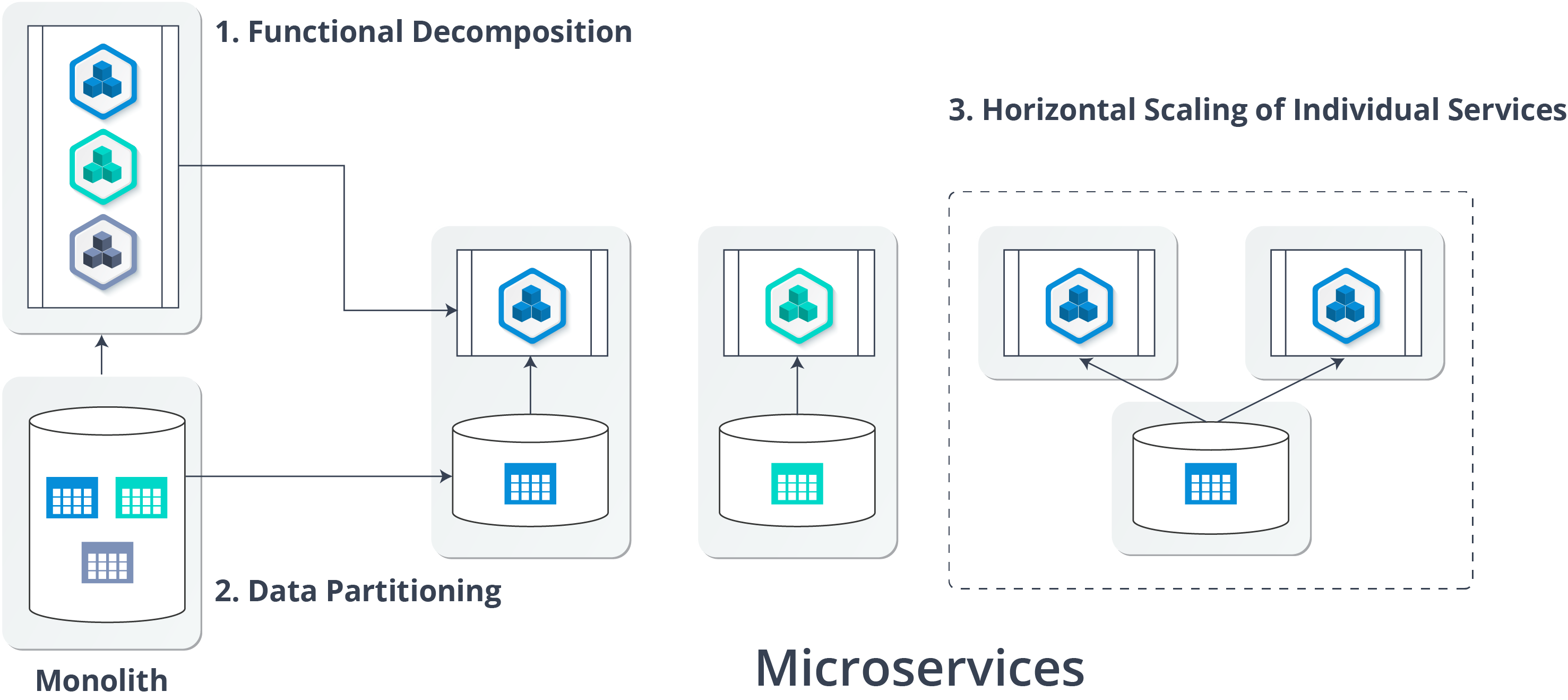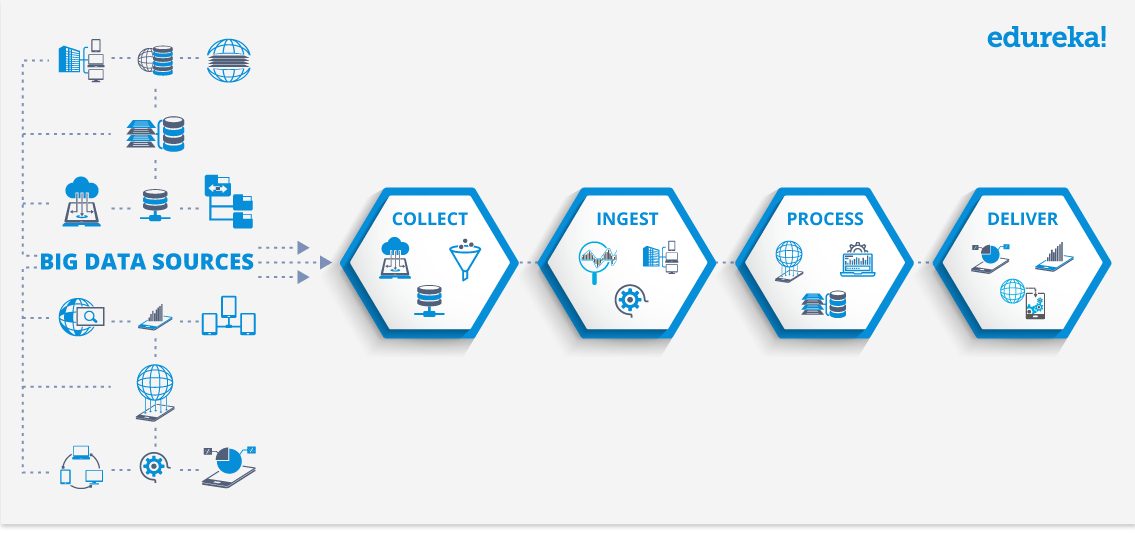Top 10 Reasons to Learn Microservices
Microservices are the wave of the future for software architects. Need convincing? Check out the top 10 reasons to learn about this new architecture.
Join the DZone community and get the full member experience.
Join For FreeAre you searching for the best reasons to invest time to learn microservices with a view to become an architect and use them to develop applications?
Here are my top 10 reasons to learn microservices:
Now, let me help you to understand these in more detail.
10. Easy to Build and Maintain Applications
As and when the products built by developers become stable and are out on the market to be used by the customers, the team of developers splits into mainly the following activities.
- Implementation of new features
- Fixing Bugs
- Changing existing features
In such situations, if the products are based on a monolithic framework, then each and every change to the codebase has to be passed through all the stages of build, maintain, and deploy.
In such situations, microservices comes as a savior!

Microservices resolves organizational based issues, making it easy to debug and test applications. With the help of this framework, continuous delivery, testing process and ability to deliver error-free applications improve drastically.
9. Provides Continous Delivery
Unlike monolithic applications where dedicated teams work for each discrete functions like handling database, maintaining server-side logic, microservices uses the continuous delivery model to handle the complete lifecycle of an application.
Developers, operations, testing teams work simultaneously on a single service performing activities such as building, testing and debugging.

This approach to development enables the code to be continuously developed, tested and deployed, so you do not have to reinvent the code every time you make a change, you can just use it from existing libraries!
8. Flexibility to Use Various Tools for the Required Task
A microservices architecture encourages to use the most appropriate technology for the specific needs of the service. Each service has the freedom to use its own language, framework, or ancillary services. Even with the use of such diverse frameworks the services still communicate easily with the other services in the application.

7. Offers Cross-Team Coordination

The traditional service-oriented architectures (SOA) involve heavyweight inter-process communications protocol.
But, microservices, follow the concept of decentralization and decoupling the services so that they act as separate entities. So, in Microservices Architecture each team handles various entities and then communicate with each other to handle different functionalities.
6. Provides High-Quality Code
Following the architecture of microservices, the complete framework is modularized into discrete components. This helps the application development team focus on one particular job at a time. So, this, in turn, simplifies the overall coding and testing process.

5. Provides Granular Scaling
If you talk about scalability, then microservices outperforms many other architectural choices out there.
As each service is a separate component in the framework, you can scale up a single function or service without having to scale the entire application. Business-critical services can be deployed on multiple servers for increased availability and performance without impacting the performance of other services.

Microservices make it easy to identify scaling bottlenecks and then resolve those bottlenecks at a per-microservice level.
4. Reduces Risk
Each service is a separate entity in the microservices framework, and this allows localized changes, higher confidence in the quality and end-to-end regression scenarios.

So even if one service or component of the application is down, then, the complete application doesn't go down. Instead, only that service or component particular needs to be rebuilt by the developers.
Therefore, this reduces the risk of complete fall of your business application!!
3. Promotes Big Data Practices
Microservices own their private databases to collect, ingest, process and deliver the data to implement their respective business functionality.
 So, you can say that microservices collaborate with the data pipeline architectures to align the way big data should be collected, ingested, processes and delivered to handle small tasks in the form of microservices.
So, you can say that microservices collaborate with the data pipeline architectures to align the way big data should be collected, ingested, processes and delivered to handle small tasks in the form of microservices.
2. Use Minimal Resources With Reduced Cost of Ownership
Multiple teams work on independent services so that they can be deployed easily. This increased efficiency of microservices reduces infrastructure costs, minimizes downtime, optimizes the resources and makes the code reusable. So, with the help of these services, you don't have to operate on extensive machines, but basic machines will do for you.

According to Indeed.com, "the average salary for "microservices" ranges from approximately $97,994 per year for a Software Engineer to $116,027 per year for Senior Software Engineer." Not only at an individual level, but, many hyper-growth companies such as Netflix, eBay, PayPal, Twitter, and Amazon use microservices in their structure.

I hope my blog on the top 10 reasons to learn microservices was relevant for you.
Published at DZone with permission of Sahiti Kappagantula, DZone MVB. See the original article here.
Opinions expressed by DZone contributors are their own.

Comments